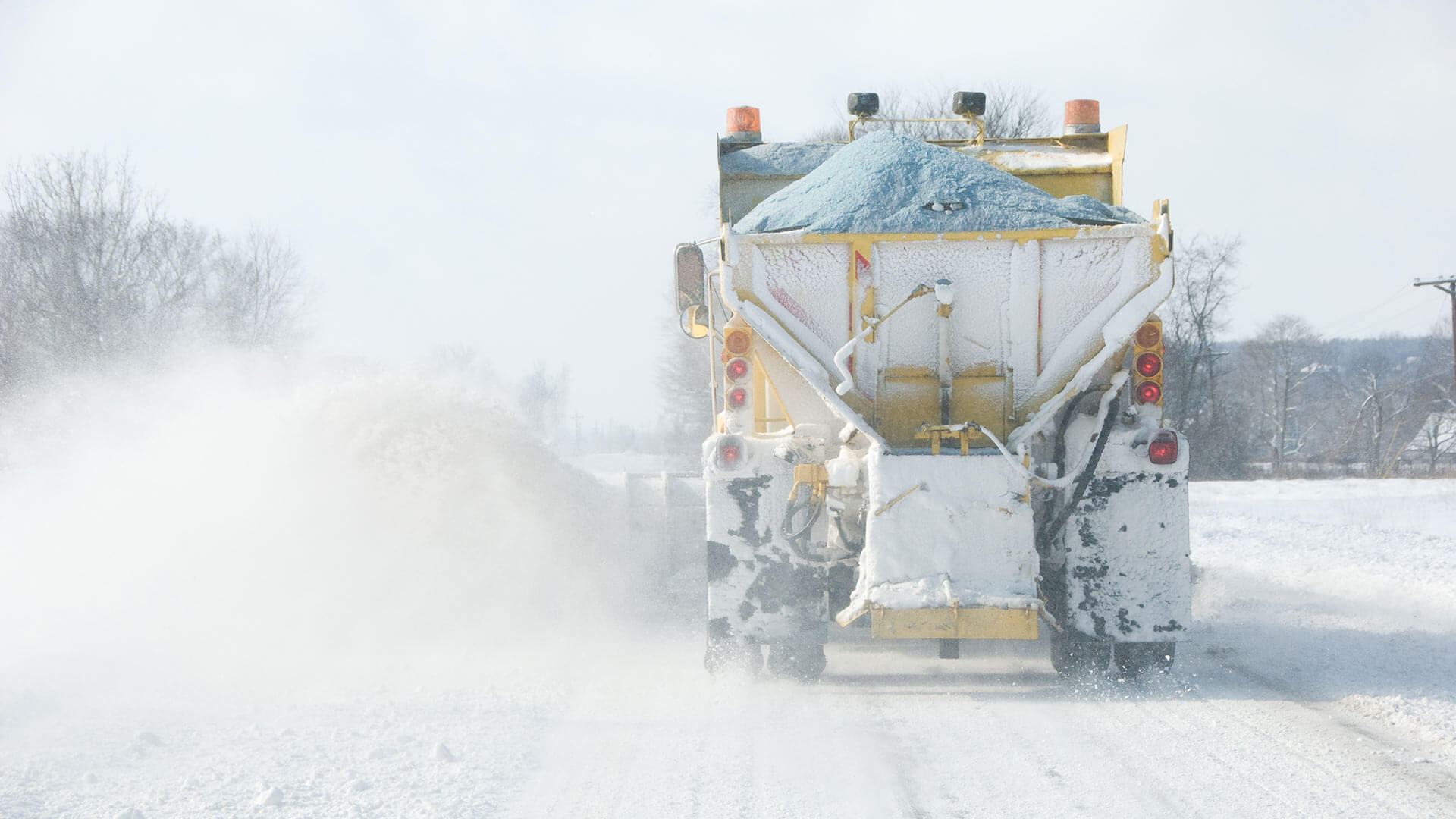- December 03, 2018
- By Matthew E. Wright
The increasing saltiness and alkalinity of streams and rivers is creating a toxic brew including metals and nitrogen-containing compounds, and threatens drinking water supplies and ecosystem health nationwide, new University of Maryland-led research has found.
The findings follow a study by the same research group earlier this year that described “Freshwater Salinization Syndrome,” caused by road deicers, fertilizers and other salty compounds that humans indirectly release into waterways.
The new research published yesterday in the journal Philosophical Transactions of the Royal Society B takes a closer look at the global, regional and local consequences, and showed that salty, alkaline freshwater can release a variety of dangerous chemicals that travel together throughout watersheds and have more devastating effects than individual contaminants alone.
“The bottom line of our findings is that when humans add salt to waterways, that salt also releases a lot of dangerous collateral chemicals,” said Sujay Kaushal, a professor of geology and lead author of the study. “It’s clear that regulatory agencies need to find new ways to address these ‘chemical cocktails’ released by saltier water, rather than looking at individual freshwater pollutants one by one.”
The group’s latest work, which includes field observations from the Washington, D.C., and Baltimore metropolitan areas, highlights the need for new and more comprehensive regulation and pollution management strategies.
In one set of observations, the researchers sampled water from the Paint Branch stream near the UMD campus before, during and after a 2017 snowstorm, allowing them to trace the effects of road salt washed into the streams by the melting snow.
“Salt concentrations during the snowstorm were surprisingly high—it was like we were analyzing sea water,” said Kelsey Wood ’15,, a geology graduate student at UMD and a co-author of the study. “But we weren’t expecting such a high corresponding peak in metals."
A similar chemical dynamic was evident when Flint, Michigan, switched its primary water source to the Flint River in 2014. The river’s high salt load combined with chemical treatments made the water more corrosive, causing lead to leach from water pipes and creating that city’s well-documented water crisis.
Kaushal’s group began by assessing previously published data from rivers in the U.S., Europe, Canada, Russia, China and Iran, substantially expanding the geographic boundaries of the researchers’ previous work. Their analysis suggests that Freshwater Salinization Syndrome could be a global phenomenon, with the most conclusive support showing a steady trend of increased salt ions in both U.S. and European rivers. These trends trace back at least 50 years, with some data reaching back far enough to support a 100-year trend.
"Given what we are finding, I continue to be surprised by the scope and magnitude of the recent degradation of Earth's surface waters,” said study co-author Gene Likens, president emeritus of the Cary Institute of Ecosystem Studies and a distinguished research professor at the University of Connecticut. “The formation of novel chemical cocktails is causing deterioration far beyond my expectations."
The increased release of salt into the environment by people can in turn spur stream beds to release more salt, said Kaushal, who also has an appointment in UMD’s Earth System Science Interdisciplinary Center.
“This high salt load not only liberates metals and other contaminants, but there is also evidence that the initial salt pulse releases other salt ions from the streambed and soils, such as magnesium and potassium, which further contribute to keeping overall salt levels high,” he said.
